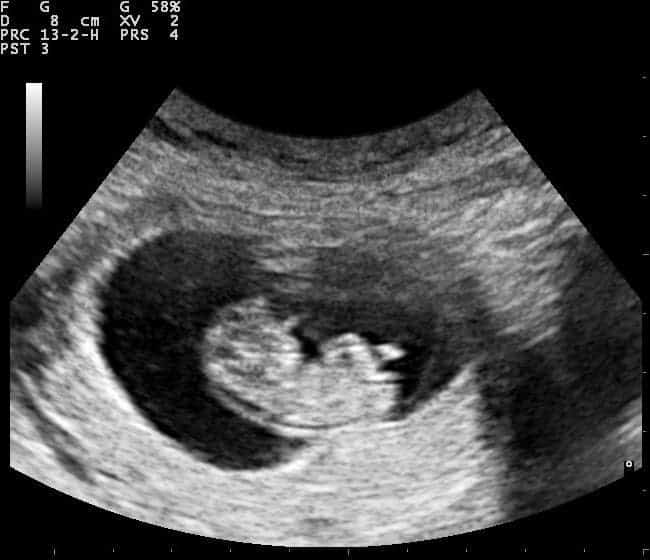Amniotic fluid is a protective liquid that surrounds babies as they develop in their mothers’ wombs. It contains mesenchymal stem cells, which have the potential to develop into many different types of cells, including bone, liver, neurons, blood, heart, muscle, and fat cells, in contrast to most mature cells which have a permanently assigned function. Therefore, they have a lot of potential to treat diseases, through cell therapy and regenerative medicine. Researchers from Lund University have developed a way to extract a large amount of them from amniotic fluid that would otherwise go to waste.

Safe for mother and child.
In a caesarean section, the amniotic fluid is usually discarded. This method would make use of this fluid to extract the valuable stem cells. Millions of caesarean sections are performed each year so there is a plentiful source of these stem cells.
“We showed that using our device, we can collect up to a litre of amniotic fluid at full-term caesarean deliveries. The collection added on average 90 seconds to the operation, and was safe for both mother and child,” says Associate Professor Andreas Herbst, lead clinician and an author of the study.
The fluid is first collected in a sterile container which has been created with 3D printing and made out of bio-inert plastics. It forms a seal with the fetal cavity, allowing the gentle collection of up to a litre of amniotic fluid. This technique is a non-nonvasive way to collect a lot of stem cells, in contrast to stem cell extraction from bone marrow. The fluid is then transported to the lab where it is purified through filtering with a gauze filter and 100 micrometer cell strainer. Stem cells are separated by centrifugation and grown in cell cultures.
Video credits: Lund University.
“Full term amniotic fluid, being an easily obtainable and abundant tissue source, may be the solution for mesenchymal stem cell based cell therapy and regenerative medicine applications”, says Associate Professor Niels-Bjarne Woods.
Stem cells have already shown potential in treating disease, such as cardiovascular disease, diabetes, arthritis, and neurodegenerative disorders. However, usually, they occur in low numbers in adult tissue and are difficult to extract. Now, this method can non-invasively extract large quantities of mesenchymal stem cells. The goal is to encourage clinics all around the world to collect the stem cells from amniotic fluid. Then the bank available for patients who need it would be very large, increasing the chances of a genetic match for those who need cell therapy.
Journal reference: Moraghebi, R., Kirkeby, A., Chaves, P., Rönn, R.E., Sitnicka, E., Parmar, M., Larsson, M., Herbst, A. & Woods, N.-B. (2017) Term amniotic fluid: an unexploited reserve of mesenchymal stromal cells for reprogramming and potential cell therapy applications. Stem Cell Research {&} Therapy 8, 190.


